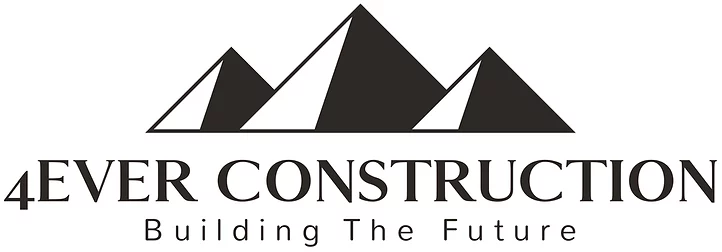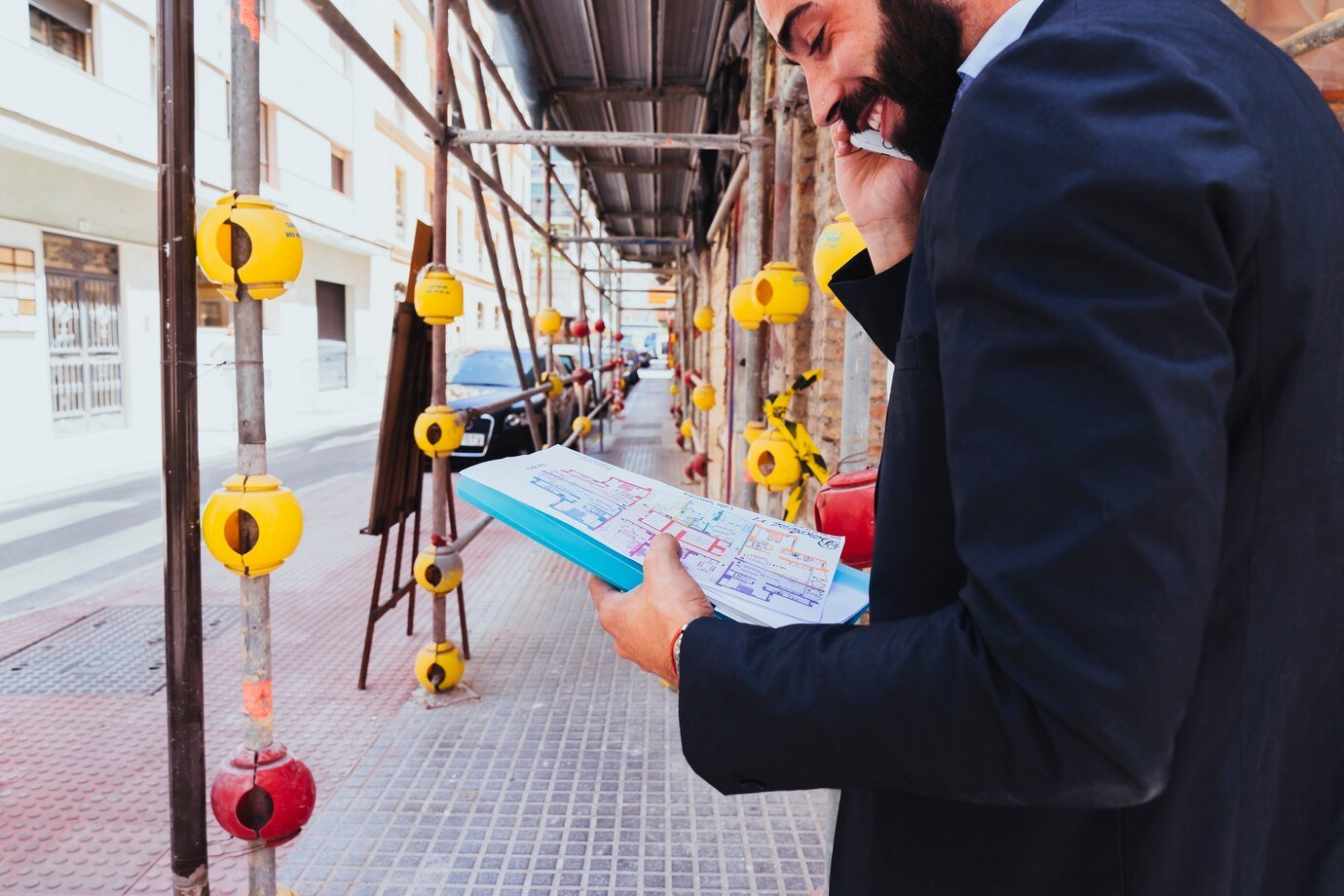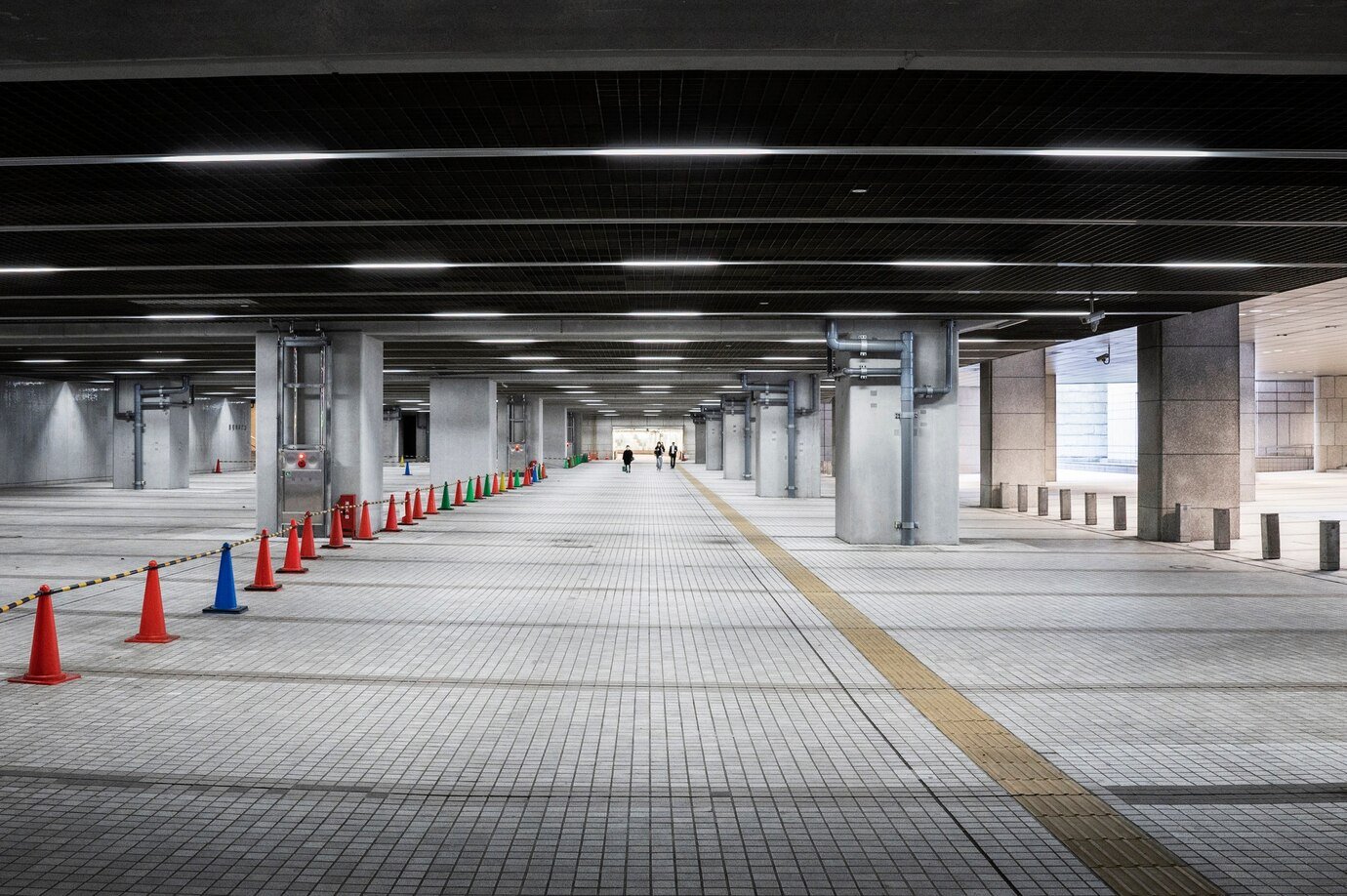Essential Guide to NYC’s Annual Parapet Inspection Requirement
As mandated by local law 126, the city of New York has deemed that all buildings are meant to go through parapet inspection on a yearly basis to ensure the safety of the public and the structural integrity of these buildings. These sorts of inspections serve the purpose of ensuring compliance with provincial regulations, safeguarding residents, and minimizing potentially dangerous situations. Such legal obligations must be understood in all their nuances whether one is a resident, the property administrator, or a property proprietor. Hence, this guide encompasses all these aspects of the process, including its requirements, what it consists of, and the best ways to comply with the process.
What is a Parapet and Why is Inspection Crucial?
The section of a wall that protrudes over the roofline and offers safety and aesthetic appeal is called a parapet. Their structural integrity may eventually be jeopardised by exposure to harsh weather, deterioration, and neglect. By ensuring that parapets are secure, annual inspections lower the danger of structural collapse, water intrusion, and falling debris.
Who Needs to Comply with the Annual Inspection Requirement?
This rule applies to building owners whose structures are six floors or above. The larger Façade Inspection and Safety Program (FISP) includes these inspections. Therefore, property owners must make this yearly activity a top priority because non-compliance can lead to significant fines and legal issues.
What Does the Inspection Process Involve?
Typically, the parapet inspection procedure consists of:
1. Visual Assessment
A qualified expert looks for loose bricks, discolouration, cracks, and other indications of deterioration on the parapet.
2. Material Testing
To evaluate structural strength, materials may be tested if required.
3. Safety Recommendations
Any problems found and suggested fixes are included in the report that inspectors provide. Reports are filed with the DOB, guaranteeing compliance and openness.
How to Choose the Right Professional for Parapet Inspections?
It is essential to choose a professional like 4ever construction with the necessary training and expertise. Seek out people or businesses who have the following certifications and licenses in accordance with NYC guidelines. Furthermore; they should have:
-
Considerable expertise in façade and parapet inspections.
-
Favourable evaluations and a solid compliance history.
What Happens If Issues Are Detected?
Action must be taken right away if the examination finds flaws. Steps could consist of:
-
Taking care of pressing safety issues, such falling or loose bricks.
-
Replacing materials or adding structural reinforcements.
-
Creating continuing care regimens to stop issues from happening again.
If these problems are not resolved right away, there may be DOB infractions, hazards to public safety, and eventually higher repair expenses.
What Are the Penalties for Non-Compliance?
If you don’t comply with NYC’s parapet inspection requirement under local law 126, you might face fines of up to $1,000 every month until you do. Thus, property owners should plan inspections in advance and take prompt action to resolve problems in order to prevent these consequences.
Ready to Keep Your Building Safe and Compliant?
As a result, be sure to reach out to a licensed inspector well in advance to facilitate a seamless procedure. Set aside resources for repairs or upgrades that may be required in order to do them suitably. Lastly, keep track of the latest building regulations to ensure that you are in compliance and avoid incurring fines.



